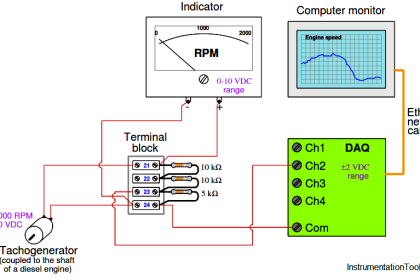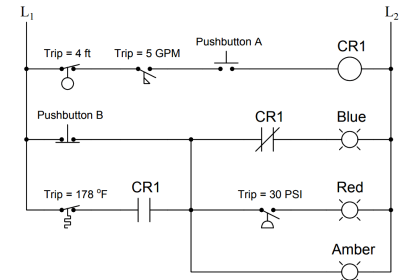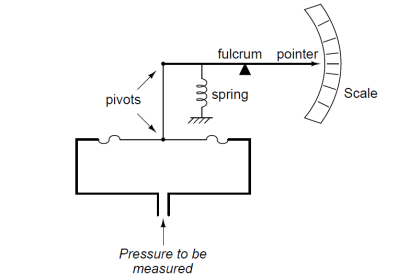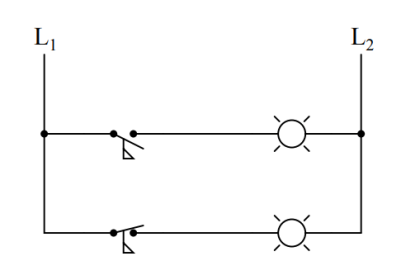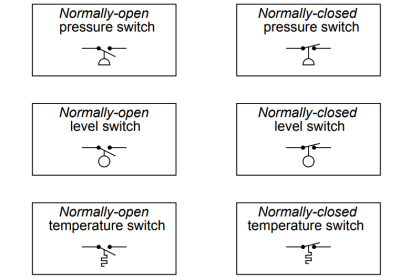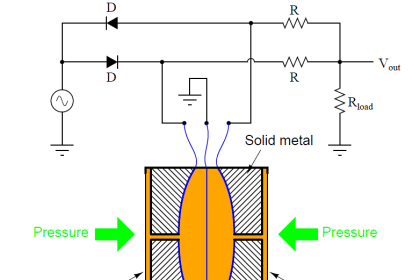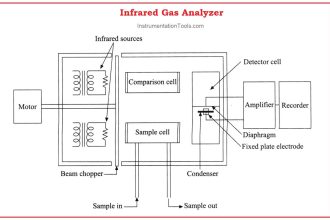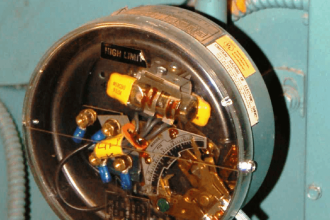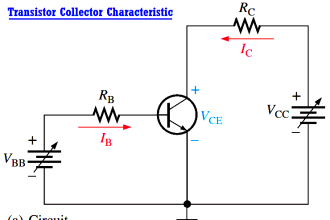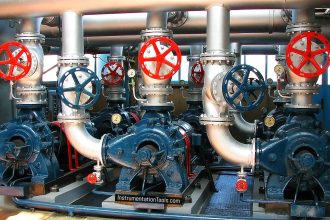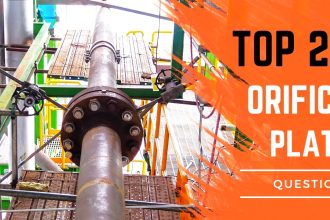The following diagram is that of a pneumatic moment-balance differential pressure transmitter, similar to the Foxboro model 13A. The term “moment” refers to the physics principle of a force acting on a lever to produce a torque.
“Moment-balance” is more appropriate than “force-balance” in this case because the device pits moment against moment, rather than force against force directly:
Pneumatic Differential Pressure Transmitter

Describe this instrument’s response to an increasing differential pressure (increasing pressure on the “High” side, and steady pressure on the “Low” side; or decreasing pressure on the “Low” side with steady pressure on the “High” side), step by step.
Answer:
As the differential pressure increases (“high” side pressure increases relative to “low” side pressure):
- The diaphragm “capsule” is forced to the right.
- The Force bar rotates counter-clockwise about the sealing diaphragm, which acts as a fulcrum for the force bar.
- Flapper approaches nozzle.
- Nozzle backpressure increases.
- Increased nozzle backpressure presses up on relay diaphragm.
- Inside the relay, the ball-shaped supply valve opens and the cone-shaped vent valve closes.
- Relay output pressure increases (more than the nozzle backpressure increase, due to amplification).
- This output pressure is sent to the bellows, which presses to the left at the range bar’s lower end.
- The range bar rotates clockwise about the “range wheel” (movable fulcrum nut).
- The top of range bar moves to the right, pulling against the force bar to move the flapper away from the nozzle.
- The system reaches equilibrium, where the force exerted by the bellows against the range bar balances force exerted by the diaphragm capsule against the force bar.
End result: output pressure equals some proportion (multiple or fraction) of differential pressure across the diaphragm capsule.
More Questions
1. Describe the purpose of the sealing diaphragm shown roughly mid-way along the length of the force bar.
2. Identify how this instrument will respond to obstructions (blockages) in the following locations:
→ Orifice
→ Nozzle
→ Vent (located on relay body)
Interest to add any further points? Share your answers with us through the below comments section.
Read Next:
- Pressure Gauge Dial
- Level Gauge Design
- Diaphragm Pressure Sensor
- Pneumatic Relay Questions
- Instrument Calibration Question
Credits: Tony R. Kuphaldt
